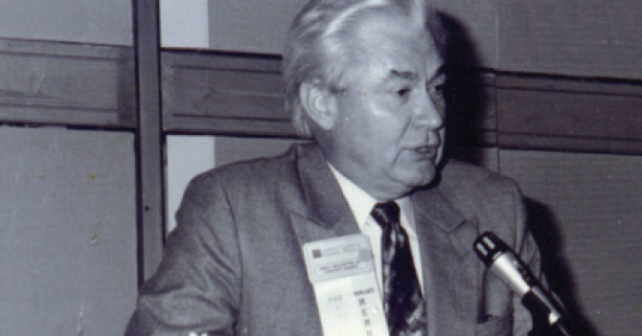
- IV Opiate Analgesia Administration
Consider how we now employ opiate analgesia for patients with abdominal pain. When I finished residency in 1989, such a practice by emergency physicians was considered wildly inappropriate. Merciful IV opiate analgesia could be administered only after a surgeon (typically one who was often a surgical resi-dent with less experience than the emergency department attending) had operated on or first seen and laid hands on the patient. The dogma of Dr. Zachary Cope, which had persisted since the early decades of the 20th century, was rejected once emergency medicine researchers dissented with data in peer-reviewed publications. If you wish to read more about how Dr. Cope and his dogma regarding analgesia became a historical footnote, peruse the on-line tool The NNT at www.thennt.com/nnt/opiate-analgesia-acute-abdominal-pain/. It summarizes the body of research that led to our modern view regarding use of analgesia for patients with acute abdominal pain.
Explore This Issue
ACEP Now: Vol 41 – No 03 – March 2022- Overturning “Pain as the Fifth Vital Sign”
More recently, emergency physicians have been among those speaking out against the Pain as the Fifth Vital Sign (PATFVS) initiative. The Joint Commission for Accreditation of Hospital Organizations, now known as The Joint Commission, initiated PATFVS in 2000. Of course, pain is a symptom and not a sign, so the entire initiative was flawed from the outset. Emergency physicians have been among many within the medical field to call out the folly. Joint Commission was only supported by a letter to the editor in the New England Journal of Medicine stating that opiates, such as oxycodone and hydrocodone, were not potentially addicting.2
Emergency medicine researchers are among those who have demonstrated how the opiate crisis has followed increased prescribing of opiates, a practice that was arguably augmented by concomitant patient satisfaction initiatives. Fortunately, The Joint Commission finally heeded dissent from ACEP and others and overturned its advocacy for PATFVS. Efforts within The Joint Commission to change its standards began in 2016 and were finally officially revised by 2018.3
Dissent Fosters Growth and Improvement
These examples demonstrate how reasoned dissent has led to positive changes. I hope they can inspire some of you to dissent thoughtfully and constructively from the status quo when it becomes necessary. As you do, realize that you are the latest in a long line of emergency physicians who are not content to put up and shut up when you know that changes are needed to improve the safety or efficacy of the systems that deliver lifesaving care to our patients.
Pages: 1 2 3 4 | Single Page



No Responses to “We Dissent!”